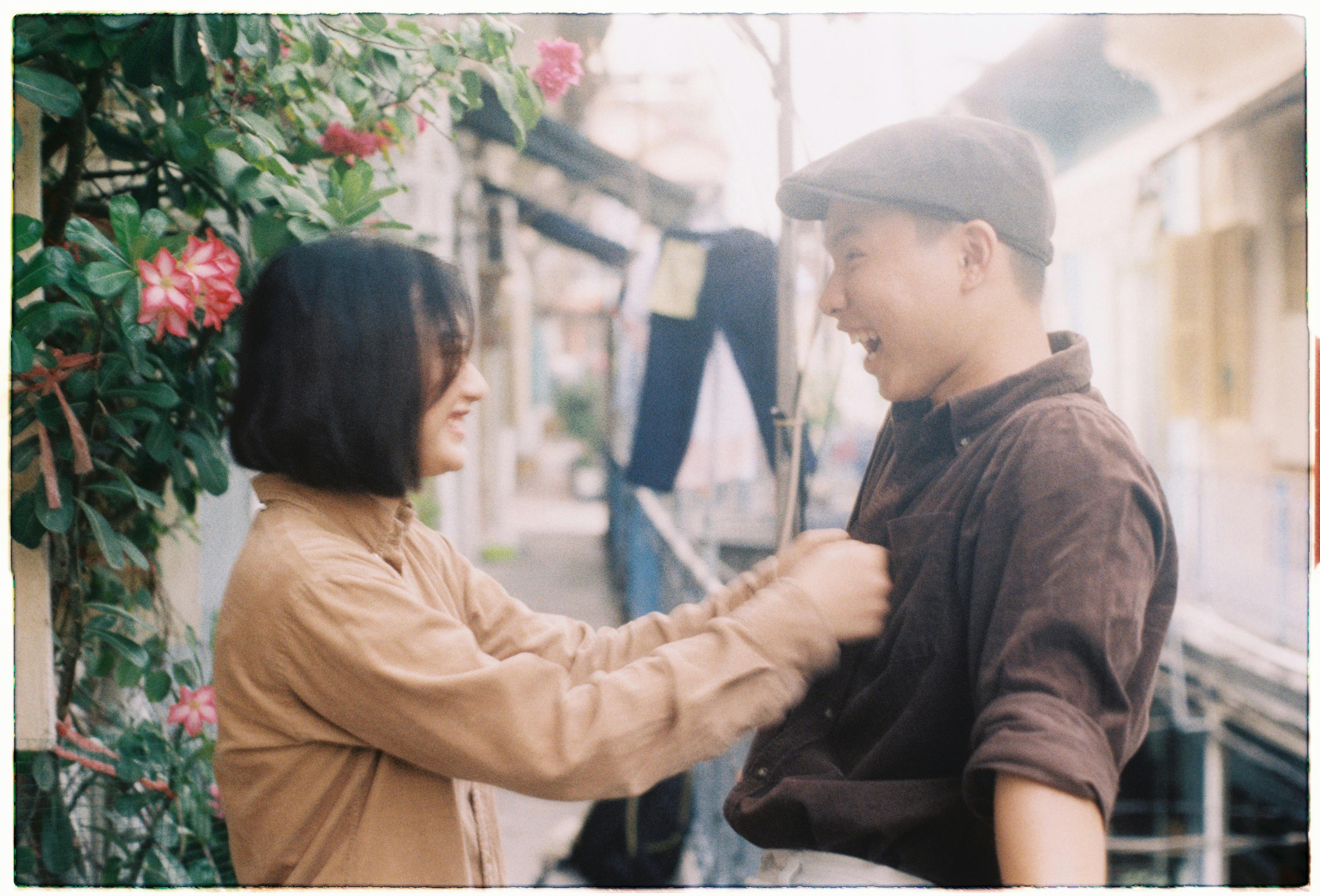Eastern customs for ceremony ceremonies
Asian ceremonies frequently include a variety of unique service festivals because they are one of the most significant occasions for the pair. These customs can be based on a person’s age, tradition https://books.google.fr/books?id=AtuY_n0syQcC&pg=PT31&lpg=PT31&dq=why+women+so+perfect&source=bl&ots=ZcUoONGtdV&sig=ACfU3U3E61g_CSJxgZCfQRJ1E8e4r6_zbQ&hl=en, or faith, and they can create an incredibly magnificent event.
Chunni Chadana: The bride-to-be may be welcomed into the couple’s family chinese wife by receiving a purple shawl or chunnis from her future mother-in-law on the day of the marriage. She can be ready for the big day ahead by doing this as well.
Roka Ceremony: On the day of the wedding, the groom’s family will pay a visit to her house, where they will be greeted with large cat dancing, quiet gongs, and fireworks. The bride will next receive jewelry, cash, and a stunning dark suit or sarees from the family. To observe their impending nuptials, the pair will then party together at the celebration.
In some cultures, the couple’s apartment may receive khan maak or commitment trays from the wedding and his family days before the wedding. These trays will contain grains, tobacco nuts, perfume sticks, candles, and different lucky items to ensure the couple’s happiness and success in their new living, among other things.
In Asia, a classic tea festival is another typical occasion at marriages, and this is particularly typical of Shinto rites. The bride and groom are led to their home shrine during this meeting, where they offer sacrifices made of rice, fluids, salt, and fruits as a form of respect to Heaven, Earth, or their ancestors. They finally share joy and sorrow with one another by drinking beverage that has been cross-cupped.


